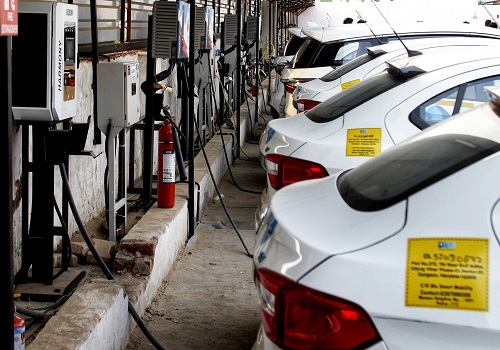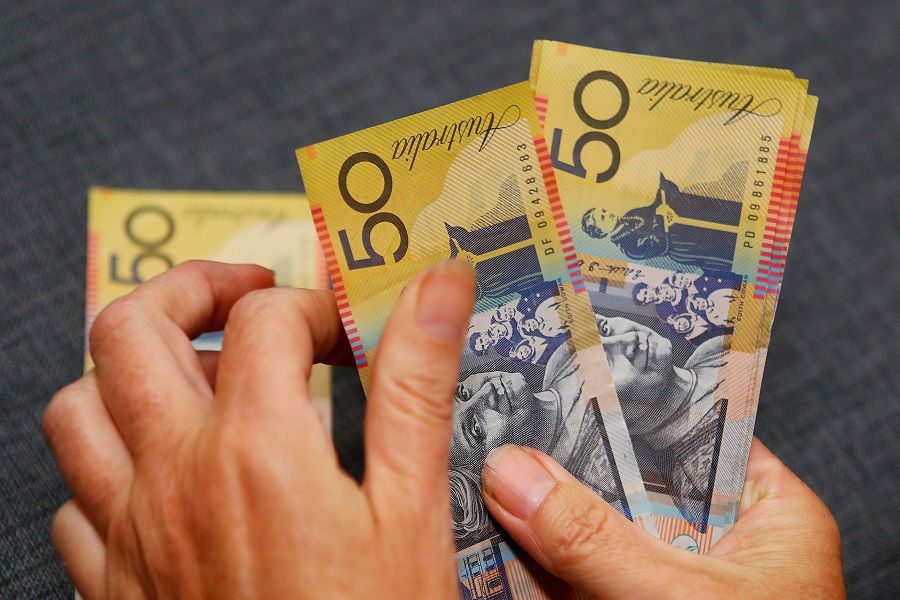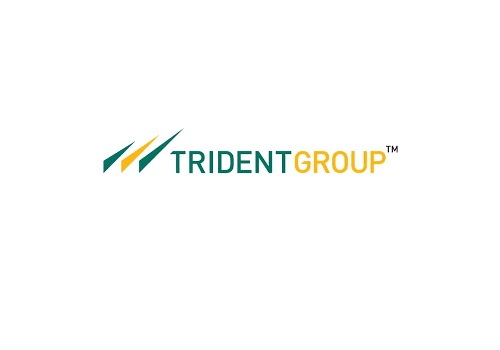Buy One 97 Communications (Paytm) Ltd For Target Rs. 1,352 - ICICI Securities

Optimising and monetising user funnel to drive customer lifetime value
One 97 Communications’ (OCL or Paytm used interchangeably in the report) twosided digital ecosystem of 64.4mn average monthly transacting users (MTUs) (as at Dec’21) from >350mn consumer base and over 24.9mn merchants is core to its unit economics. Estimating that it currently generates revenue of Rs350-375 per MTU and Rs1.0k-1.1k per merchant and incurs direct cost (of acquisition and transaction) of Rs250-275 per MTU and Rs750-775 per merchant, we derive customer lifetime value of Rs2k per MTU and Rs29.6k per merchant. Superimposing this on FY24E estimated MTU and merchant base and adjusting further for fixed cost, net cash and value of associates/subsidiaries, we arrive at Paytm’s intrinsic business value of Rs940bn (Rs1,352 per share). We initiate coverage on the stock with BUY rating. Key risks being below expected monetisation through financial services business and unfavourable regulatory outcomes.
Paytm calls for evaluation and assessment quite differently and distinctly, especially given: 1) Management’s high growth aspirations calling for significant investments and cash burn. 2) Rapidly evolving business model (proven leadership in payments but monetising it through financial services still at a nascent stage. 3) Highly competitive landscape with low switching cost and leading players with deep pockets getting aggressive. 4) Regulatory uncertainties exist, some conducive and few unfavourable outcomes.
First and foremost, let’s pay heed to some realities and certainties…: Paytm has built sizeable two-sided digital ecosystem with proven leadership in payments. Spending >US$1.1bn on marketing/promotions since FY15, it has amassed a sizable base of 64.4mn MTUs as on Dec’21 (equivalent to more than 12% of smartphone users) and 24.4mn merchants (>half of merchants with access to internet). It now commands >40% market share in mobile payment, >25% market share (estimated) in P2Mdigital transactions, 28-30% market share (estimated) in UPI P2M, >20% share as UPI beneficiary bank and >50% share in P2M wallet transactions.
…and also, be mindful of challenges it needs to face and emerge stronger: 1) Paytm operates in a highly competitive landscape with low entry barriers and low cost of switching between offerings. Many leading domestic and international groups, with deep pockets, are getting aggressive in this space. 2) Also, scale in margin-dilutive payments business has come at the cost of profitability (generated cumulative operating revenue of Rs140bn since FY14, incurring similar accumulated loss of >Rs130bn). 3) Monetisation of well-fragmented financial services market is still at a nascent stage. With rising penetration, take rates may come off and credit risk curve may edge a tad higher. 4) Regulatory uncertainties with some conducive initiatives and a few unfavourable outcomes including revision in charges on payment instruments, vigilance on digital lending etc
TAM signifies immense growth potential reinforcing management’s vision…: P2M digital payments, having grown at >30% CAGR to Rs22trn (US$228bn) in FY21, has the potential to grow six-fold to >Rs130trn (US$1.8trn) by FY26E. Online transacting user base is estimated to grow three-fold to 700-750mn by FY26; travel ticketing will reach US$60bn, entertainment ticketing to US$3.5bn, online gaming will be as huge as US$12-13bn and online advertising spend will cross US$11bn mark by FY26E. BNPL disbursals are anticipated to grow 15x to >US$50bn and digital lending market being <1% of the TAM (Target Addressable Market) is expected to grow exponentially
…so then, how does revenue stack up over medium term: Monthly transacting user base (MTUs) of Paytm is likely to double over FY22-26E to >120mn. Paytm’s merchant GMV is forecast to grow at 36% CAGR over FY22-26E to reach Rs30trn (>23% of P2M value) and within this, MDR linked GMV is estimated to grow at >25%. As compared to a net take rate drag of 30bps in payment business in FY19, it can be accretive to the extent of 8bps by FY26E
We expect commerce GMV to grow at >30% over FY22-26E and commerce revenue with decline in take rates to grow at 27%. Cloud business, particularly PAI cloud and advertising, will too ramp up at 34% CAGR over FY22-26E.
We estimate 18-19mn consumers (15% of MTUs), and 1.2mn merchants (>10% of merchants with Paytm devices and >3% of total merchant base) to avail lending products through Paytm platform by FY26E. This translates to disbursements of Rs614bn by FY26E (including Rs425bn of consumer loans and Rs189bn of merchant loans). We forecast financial services revenue to grow at a CAGR of 57% over FY22E-26E, comprising 18% operating revenue (vs <5%/10% in FY21/FY22E).
Some visibility on positive EBITDA margin post FY26E: Contribution margin has crossed the hurdle of being in negative zone in FY19 to a positive contribution of 13% / 30% in FY21 / FY22E. It now has the potential to further improve to 40%/46% by FY24E/FY26E. Aided by this contribution margin, there is some visibility of EBITDA getting into positive territory post FY26E. Annual non-cash ESOP charges of Rs10-18bn over FY22-26E will drag reported EBITDA. Adjusted EBITDA margin (excluding non-cash ESOP charges) will turn positive by FY26E.
Positive catalysts that can swing earnings delta: 1) Ability to monetise UPI that constitutes half of Paytm’s GMV can swing earnings, as presently, the revenue per GMV is ~55-60bps and EBITDA loss is ~20-30bps. 2) With market share cap for leaders in UPI transactions, Paytm will eventually benefit and enhance engagement or retention of customers on its platform. 3) Wallet interoperability will benefit the category leader in the form of interchange; Paytm may end up earnings interchange fee to the tune of 30-50bps. 4) Transition to small finance bank – an optionality
Consumer and merchant ecosystem is core to its business model and unit economics: Based on detailed revenue and cost component, we estimate it currently generates revenue of Rs350-375 per MTU and Rs1.0k -1.1k per merchant and incurs direct cost (of acquisition and transaction) of Rs250-275 per MTU and Rs750-775 per merchant. We are fully cognisant that two-sided ecosystem is interdependent and one bucket economics can be compromised to monetise the other. Anticipating enriched unit economics following positive payment business contribution and scale up of financial services, we arrive at lifetime customer value of Rs2k per MTU and Rs29.6k per merchant. Superimposing that on MTU base of 92mn and merchant base of 33mn by FY24E and post the adjustment of other costs, we forecast Paytm’s business value of Rs940bn. Considering the cash on balance sheet and value of associate/subsidiary entities, we arrive at Paytm’s intrinsic business value of Rs940bn (Rs1,352 per share). This is equivalent to it being valued at ~9.5x FY24E operating revenue. Initiate coverage on the stock with ‘BUY’ rating
To Read Complete Report & Disclaimer Click Here
For More ICICI Securities Disclaimer https://www.icicisecurities.com/AboutUs.aspx?About=7
Above views are of the author and not of the website kindly read disclaimer





















